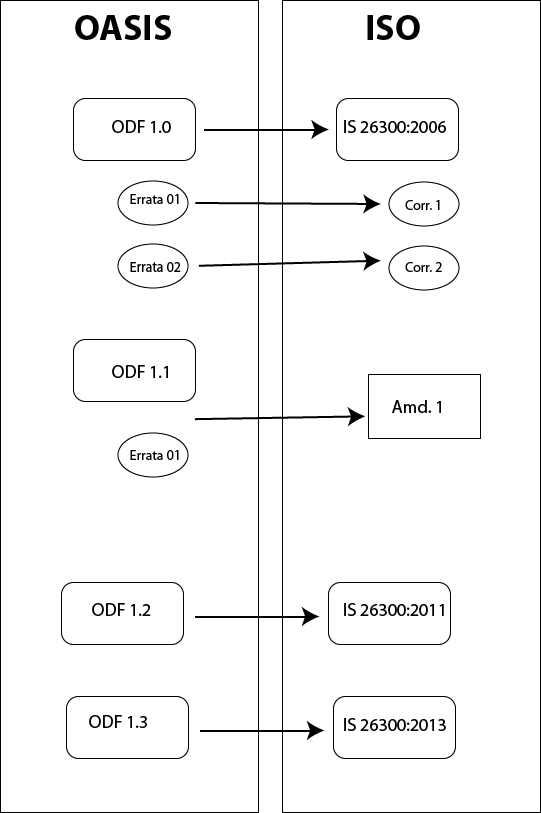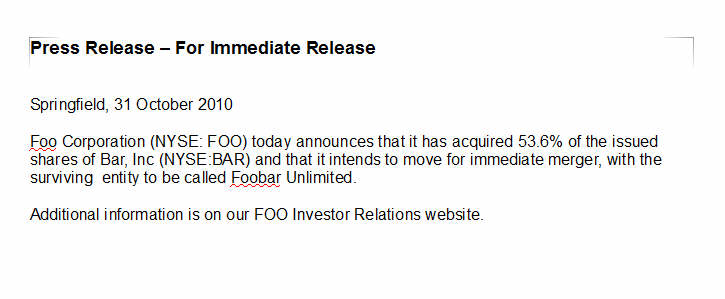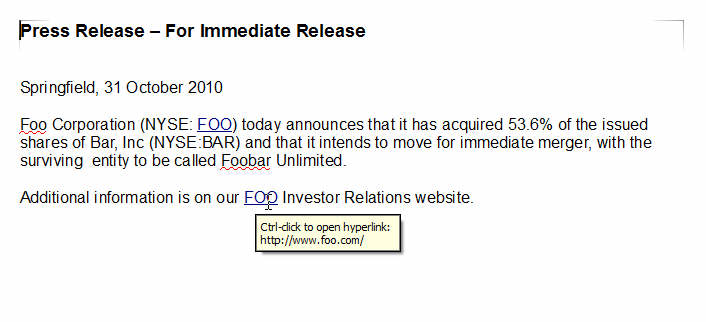In the OASIS ODF Interoperability and Conformance TC we have recently started work on a new document, a “Committee Note” which will be called, “Best Practices for Authoring Interoperable ODF Documents”.
I will be the editor for this document.
If you are not yet familiar with a “Committee Note”, it is a new category of document that has recently been added to the OASIS process. Think of it being analogous to an ISO Technical Report. A Committee Note (or CN) goes through the same level of review and approval with a Technical Committee, the same public review requirement, etc. But it does not get approved as a standard, so it does not define, for example, conformance requirements. It is intended for things like implementation guides, best practices, white papers, etc.
The general aim of the new CN is to collect and describe guidelines for authors on how best to create interoperable (portable) ODF documents. What to do and what to avoid. Although the focus will be on ODF, much of this will be applicable to any WYSIWYG word processing environment.
I’m thinking of this as being analogous to the “How to write portable C” books we saw years ago. As many of you know, C programs can range from the perverse (see the Obfuscated C Competition for examples) to highly portable. But portability does not come about by accident. The language permits portability, but it does not enforce it on the user. C is powerful enough for a user to hang themselves.
The modern WYSIWYG word processor is similar. A user can create interoperable (portable) documents, but the word processors also allows them to create documents that will be tied tightly to their precise operating environment and will render poorly everywhere else. The tool takes you only so far, and then user education must help with the rest of the way. I hope that this Committee Note will provide some of that user education.
I am absolutely certain that I am not the first one to have thought about this problem. In fact, I suspect (and hope) that many of my readers have done so themselves. So before I start drafting this document, I’d like to solicit for contributions of material. Maybe you have written a paper, report or blog post on this topic? Maybe you can take a few minutes to jot down your ideas? Maybe you can refer us to other sources of information?
But please don’t give me the information here. Per OASIS IPR rules we need to channel any contributions to the Technical Committee, so permission to use your original material is secured, from the copyright perspective. So if you have a contribution you want to make for this document, please do so on the OIC TC’s comment list. And if you want to participate more closely in the creation and editing of this document, then you are always welcome to join OASIS and participate directly in the TC’s work. The cost for individual memberships is quite reasonable.


